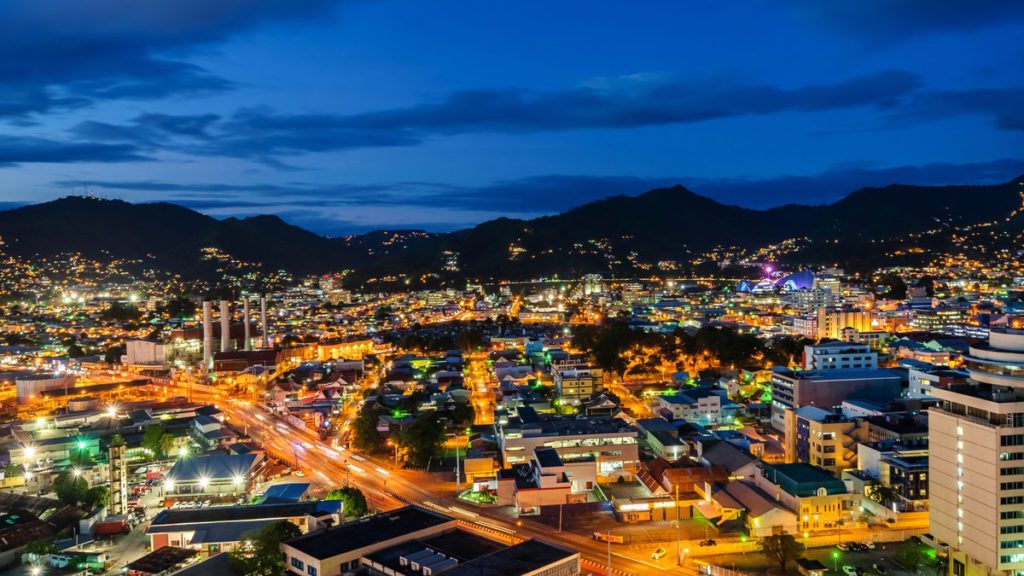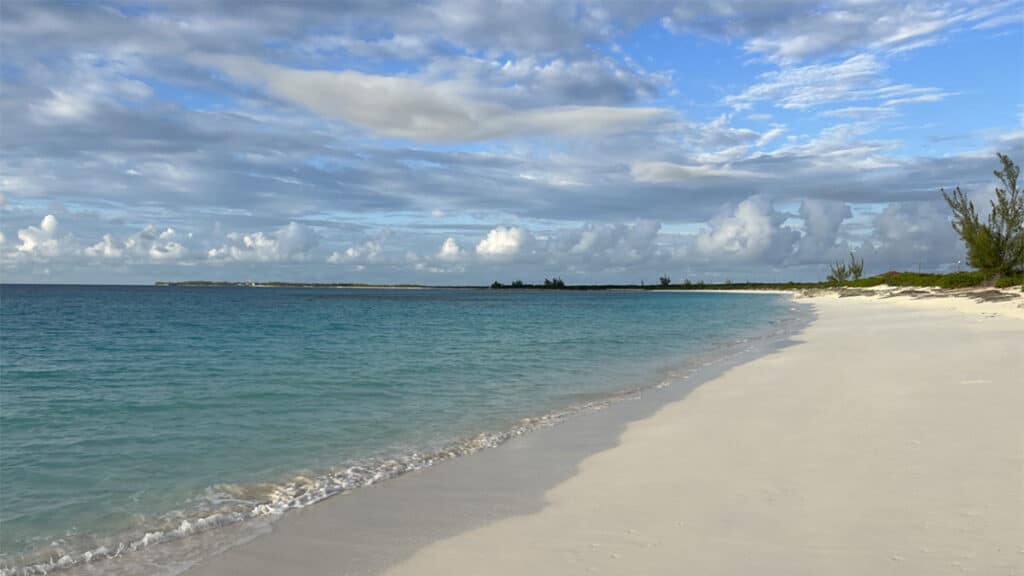“At two o’clock in the morning the land was discovered, at two leagues’ distance; they took in sail and remained under the square-sail lying to till day, which was Friday, when they found themselves near a small island, one of the Lucayos, called in the Indian language Guanahani.” – The Journal of Christopher Columbus, Oct. 11, 1492
There is no one on this beach.
Nearly 530 years later, and, walking these sands, it should not seem so different as it was to those sailors from Spain, wide and open, a blend of green brush and white beach.
It’s hard not to feel something when you walk on Long Bay in San Salvador, to consider the moment when the world as we knew it was irreparably, inevitably changed; when the New World began, along with all of the evils and goods that would unfurl themselves over the next few weeks and years and centuries. It’s not hard to imagine that this beach looks just about identical to how it might have in 1492, save for the presence of a large white cross and an Olympic flame from the 1968 circuit.
It was called Guanahani then, and it is called San Salvador today, and half a millennium later, it is a jewel on the edge of The Bahamas.
San Salvador is about an hour-long flight from Nassau, a little longer from Miami; there are about 1,000 people living on this 63-square-mile island on the eastern edge of the Bahamian archipelago.
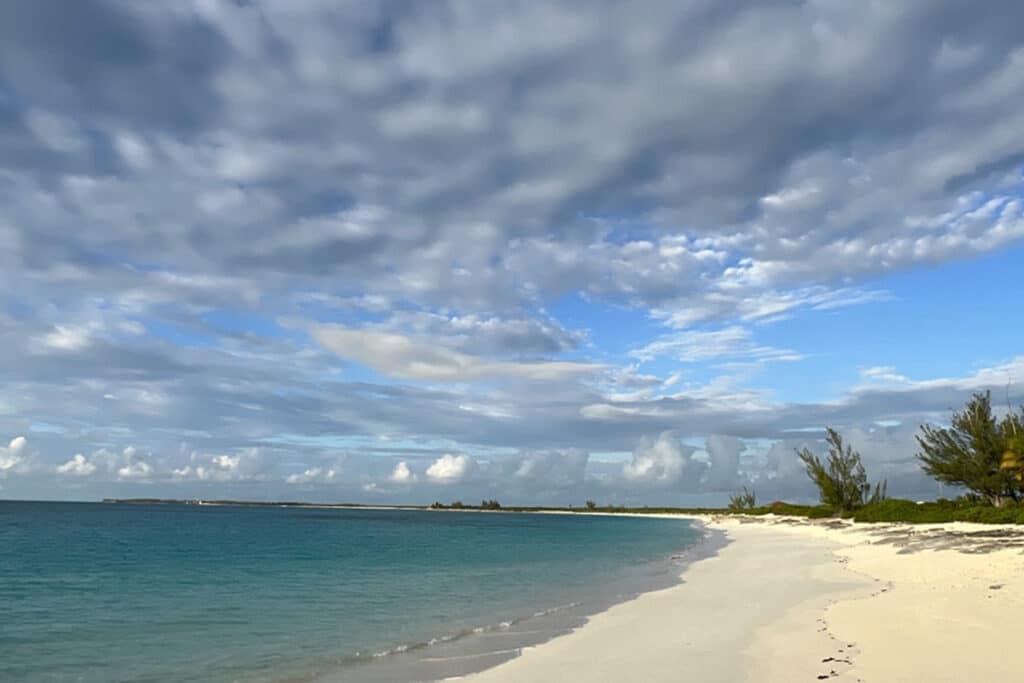
It is, simply, a beautiful place; you circumnavigate the island on a single coastal ring road, a way to explore its empty, white-sand beaches, its blue holes and its green hills.
Even most who travel frequently to The Bahamas have not been here; fewer have heard of it. This is the kind island whose name is, unfailingly, followed by “where?”
But if you get here, you find a truly special place, where the sandy beauty is surpassed by one of the most remarkable, untouched undersea worlds in all of the wider hemisphere, a place for hammerhead sharks and friendly Nassau groupers and myriad species of tropical fish.
The most unexpected thing in San Salvador happens when you land on the island’s full-service international runway, not the sort of lightly paved one you might imagine on a frontier island.
That’s because, while you’d never even know it was here (and you can’t even spy it from the main road), there is a Club Med resort, one that welcomes regular jets from Paris each week.
But it’s not the best place to stay.
There are a handful of boutique hotels here, some for those in search of old-fashioned beach dreams, and others for diving.
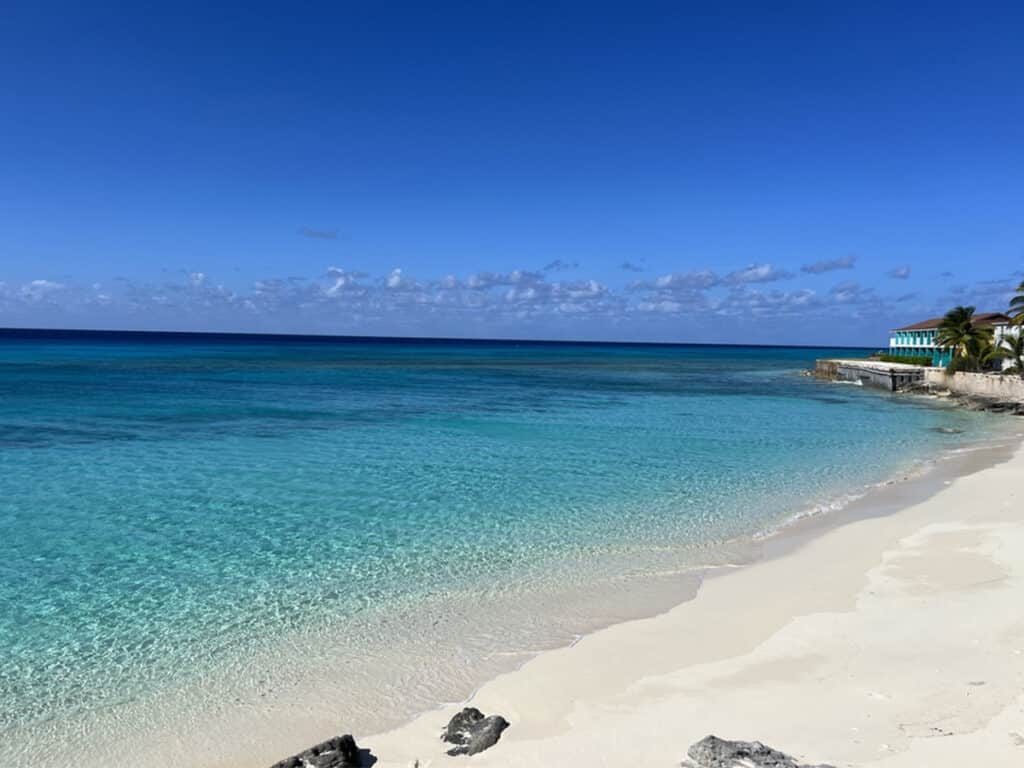
If you’re looking for the former, it’s unquestionably The Sands Hotel, a 20-room hotel on a spectacular stretch of beach with some of the nicer interiors you’ll find anywhere in the Out Islands: replete with full kitchens, stunning perches right over the water and bright, airy, Bahamian-cool designs.
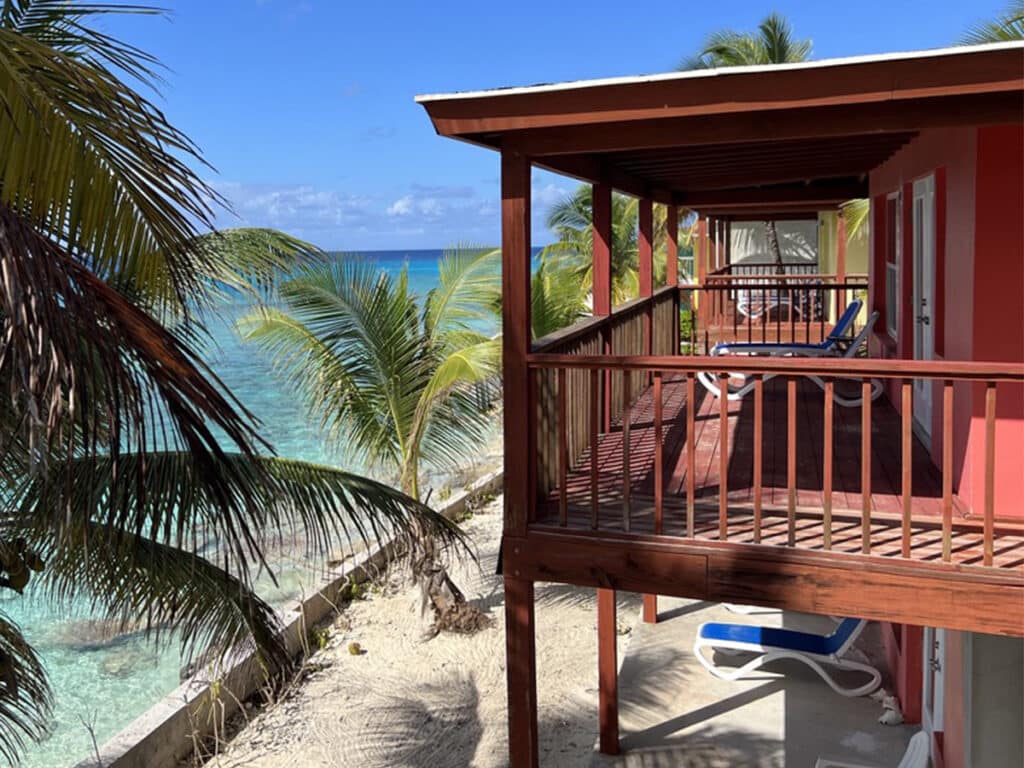
There’s a lovely oceanside pool, and, most welcome, a delightful little tiki bar with about four seats and the ability to keep you for hours.
It’s a family-run place, warmly and expertly stewarded by the Fergusons, who are passionate about delivering the real San Salvador experience. It’s one of the most relaxing hotels in the Caribbean, and that is without hyperbole.
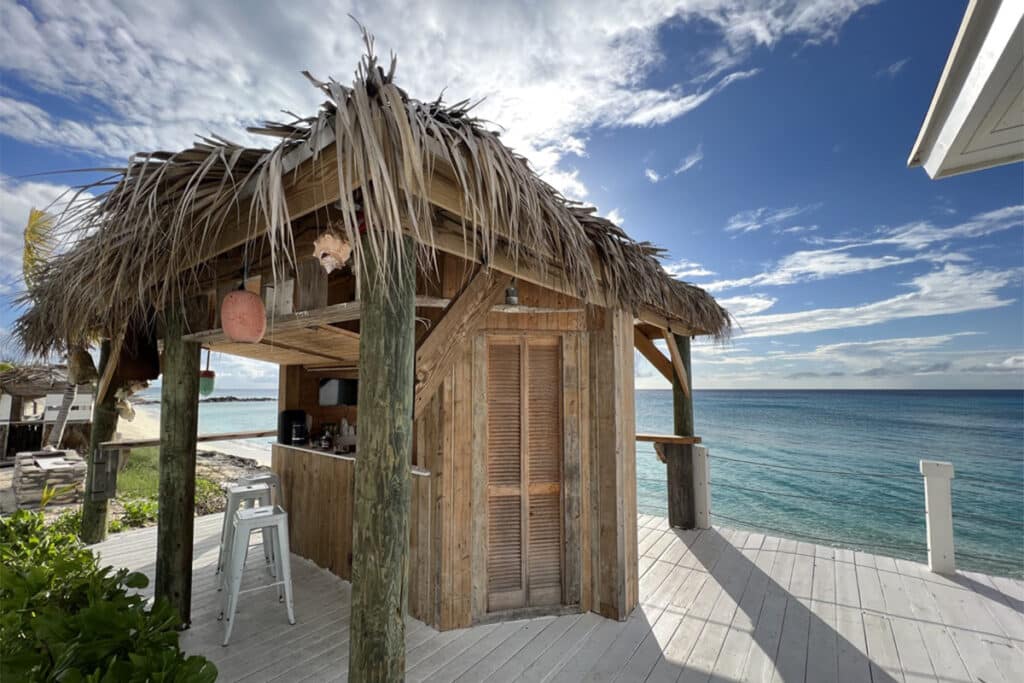
If you’re looking to dive, there’s the Riding Rock Resort, the venerable dive resort that’s been family-owned and operated since the 1960s, with 32 rooms, 20 of which overlook the ocean, and an experience tailor-made for divers (and snorkelers) looking to enjoy one of the great diving destinations on earth.
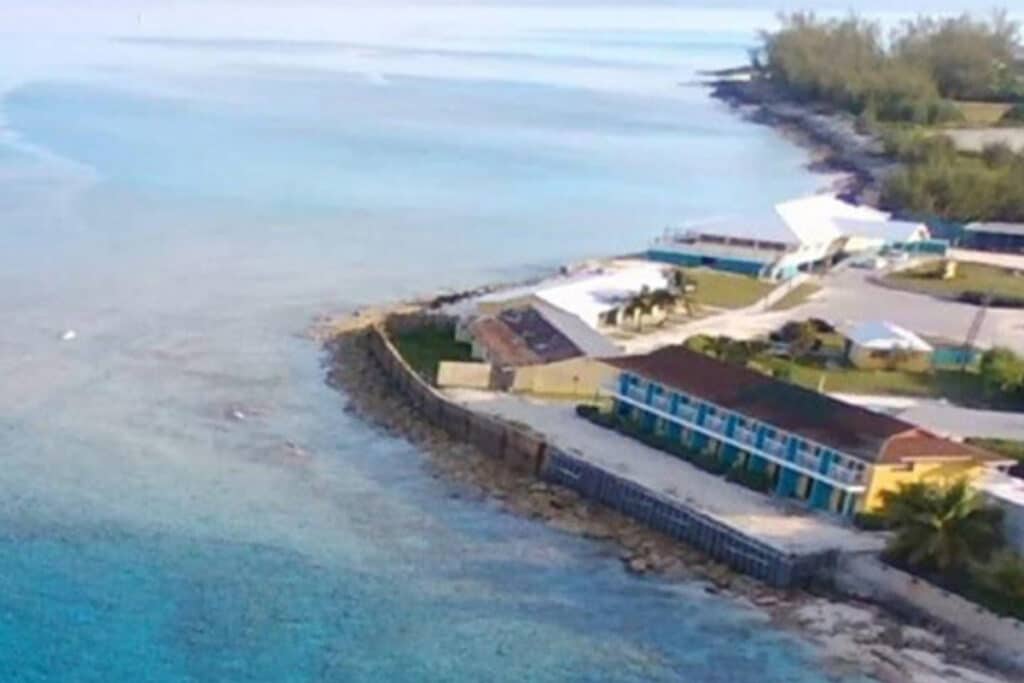
And if you’re exploring the island, you will be drawn to J – Jermaine Johnson, the island’s chief tourism executive, who is a walking encyclopedia of San Salvador and its greatest ambassador.
The generous Johnson has made it his duty to show travelers the full San Salvador experience, including the Columbus history, the one that has, to put it kindly, become rather controversial in the modern day.
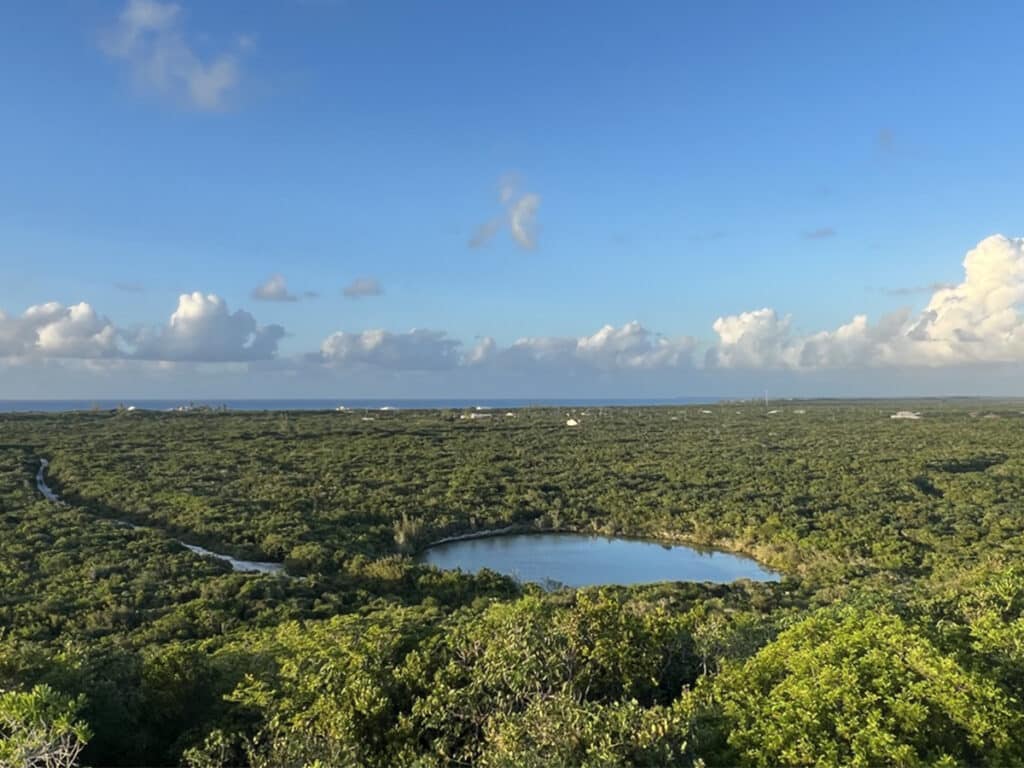
Here on San Salvador, though, the feelings are different toward the Genoa native.
“We love Columbus,” Johnson says.
Indeed, every Oct. 12, San Salvador celebrates “Discovery Day,” with a homecoming party and an island-wide celebration, with many scattered San Salvadorans returning home from near and far (and Nassau) to their roots.
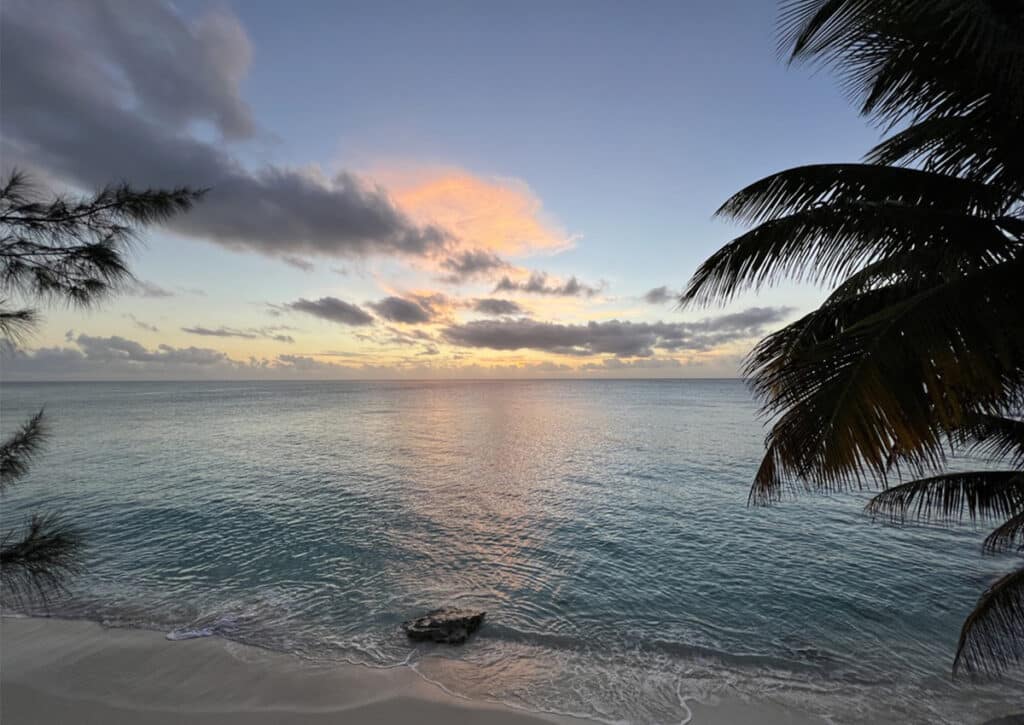
Johnson knows the prevailing moods on Columbus, but he’s also aware of the significance of his island on the history of the planet.
When Columbus stepped foot on these shores, the timeline changed, history changed. It also meant, Johnson says, an irrevocable destiny for everyone here, an indelible stamp on the map of time.
“If Columbus doesn’t come to this side of the world, we don’t exist,” he says. “There are Europeans who, if Columbus had not come here, would still exist. We don’t have the luxury of that lineage.”
This little island is the home of a temporal twist of fate, an historical giant on 63 square miles hidden away in The Bahamas.
And you feel it, there’s something here, something drawing you, something keeping you.
There’s no shortage of controversy, to be sure, of Columbus’ arrival. How, others ask, can you “discover” a place if there were already people living there?
But the objection is simple.
San Salvador, you see, is still undiscovered.
Caribbean Airlines’ New Trinidad-Guyana Flights
